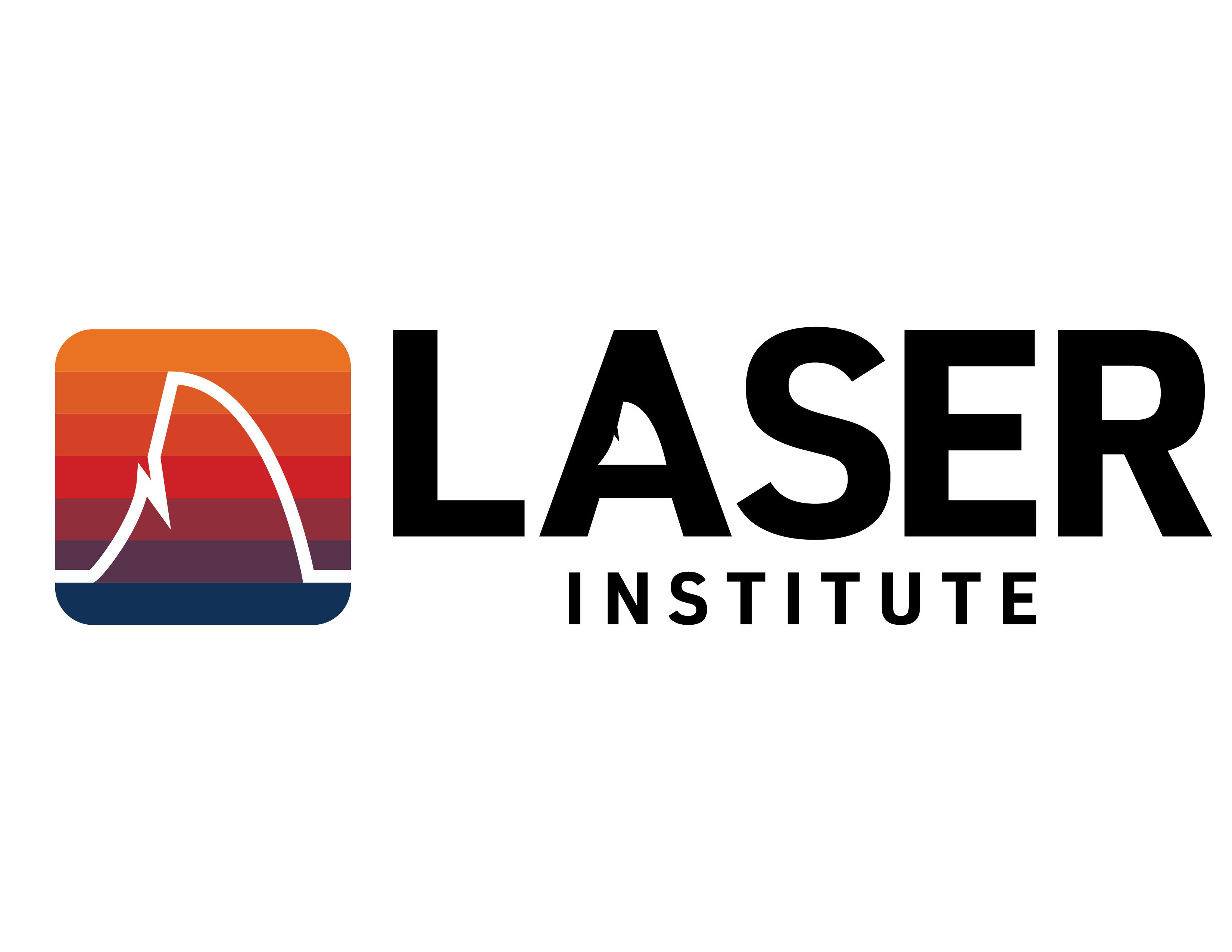Topic Modeling
Lab 4: Conceptual Overview
Agenda
Part 1: Research Overview
What is Topic Modeling?
What research questions can topic modeling answer?
What are limitations & ethical considerations?
Part 2: R Code-Along
Document Term Matrix
LDA (Latent Dirichlet allocation)
Finding K
A Quick Refresher
Sentiment Analysis

Figure source: Silge & Robinson, 2017
Part 1: Research Overview
Applying Topic Modeling in STEM Education Research
What is Topic Modeling?
“Topic modeling is a field of natural language processing that aims to extract themes by text mining a set of documents.” (Blei, 2012; Vijayan, 2021)

Figure source: Naskar, n.d.
Research Questions
Literature review (e.g., Chen et al., 2020) - In what research topics were the Computers & Education community interested ? - How did such research topics evolve over time?
Assessment (e.g., Ming & Ming, 2015) - Do the concepts discussed by students as inferred by pLSA (Probabilistic latent semantic analysis) predict their course outcomes? - How does the accuracy of these predictions change over time as more student work is analyzed?
Course/project evaluation (e.g., Akoglu et al., 2019) - What are the similarities and differences between how PLT (professional learning team) members and Non-PLT online participants engage and meet course goals in a MOOC-Ed designed for educators?

Take a look at the dataset located here and consider the following:
- What format is this data set stored as?
- What are some things you notice about this dataset?
- What questions do you have about this dataset?
- What similar dataset do you have?
- What research questions do you want to address with your dataset?
What are limitations & ethical considerations?
- Nuances of language or context may be lost
- Limited to source material selected by researcher(s)
- Not good for small corpora
- “Computing probabilities allows a”generative” process by which a collection of new “synthetic documents” can be generated that would closely reflect the statistical characteristics of the original collection” (Wikipedia).
Part 2: R Code Along
Document Term Matrix, LDA, and Finding K
[Text Mining_Topic Modeling]
Document Term Matrix

Figure source: SPE3DLab, n.d.
LDA

Figure source: Ma, 2019
LDA

Thank you!
Dr. Shiyan Jiang
